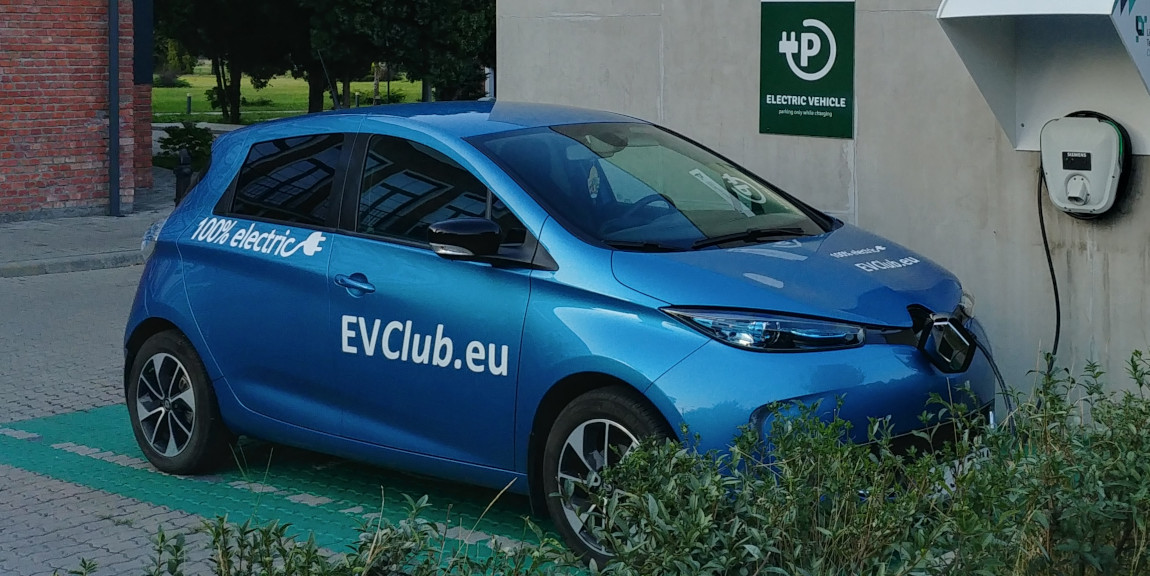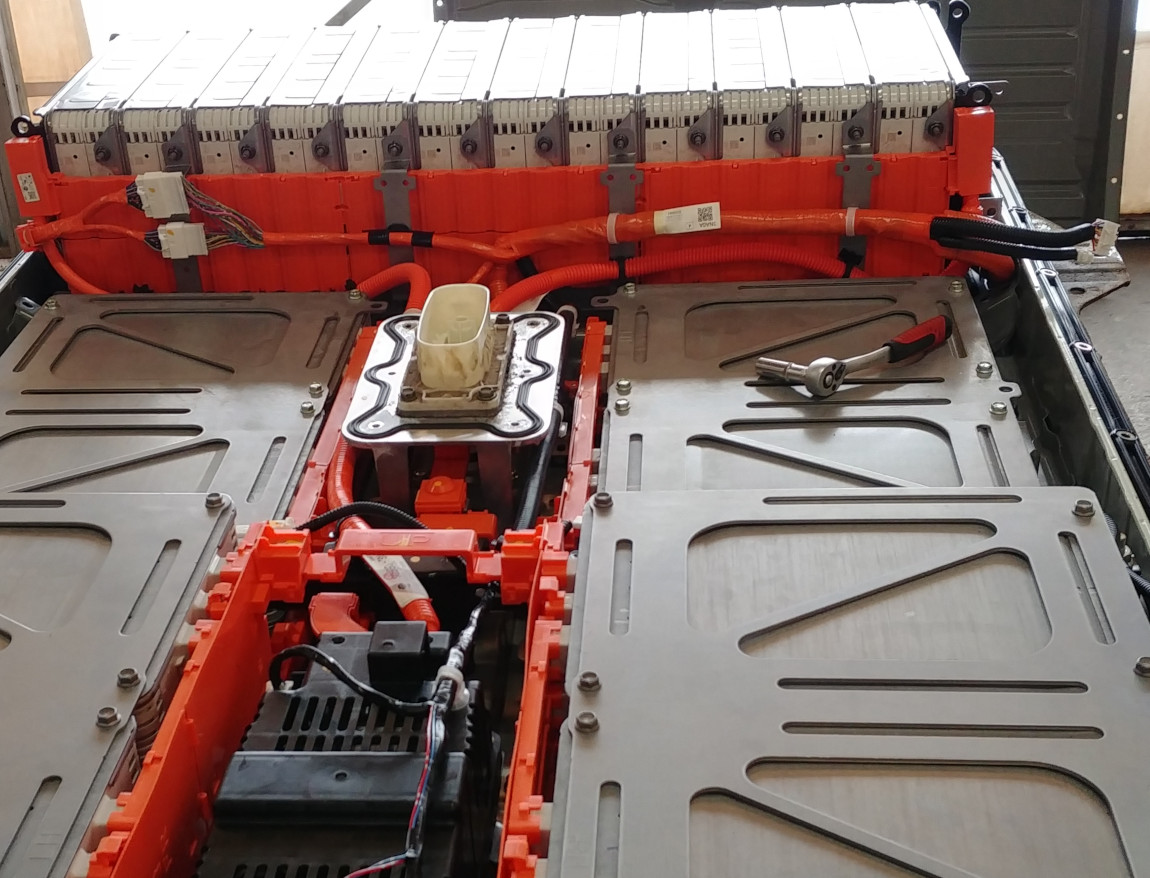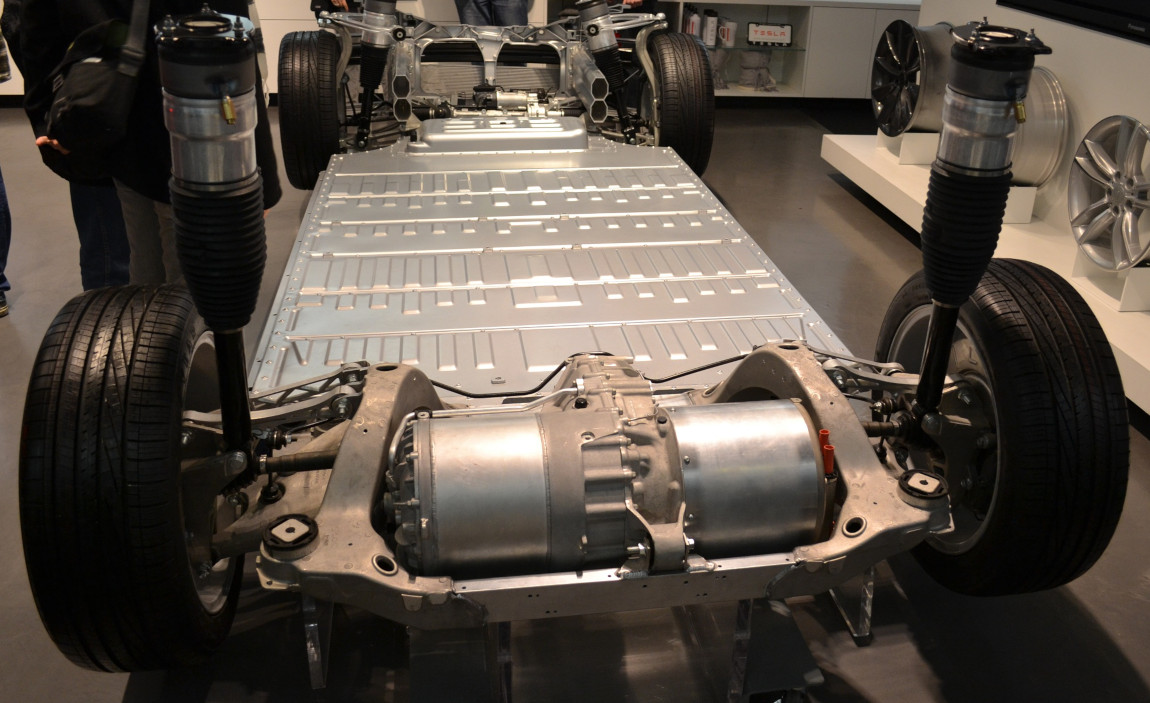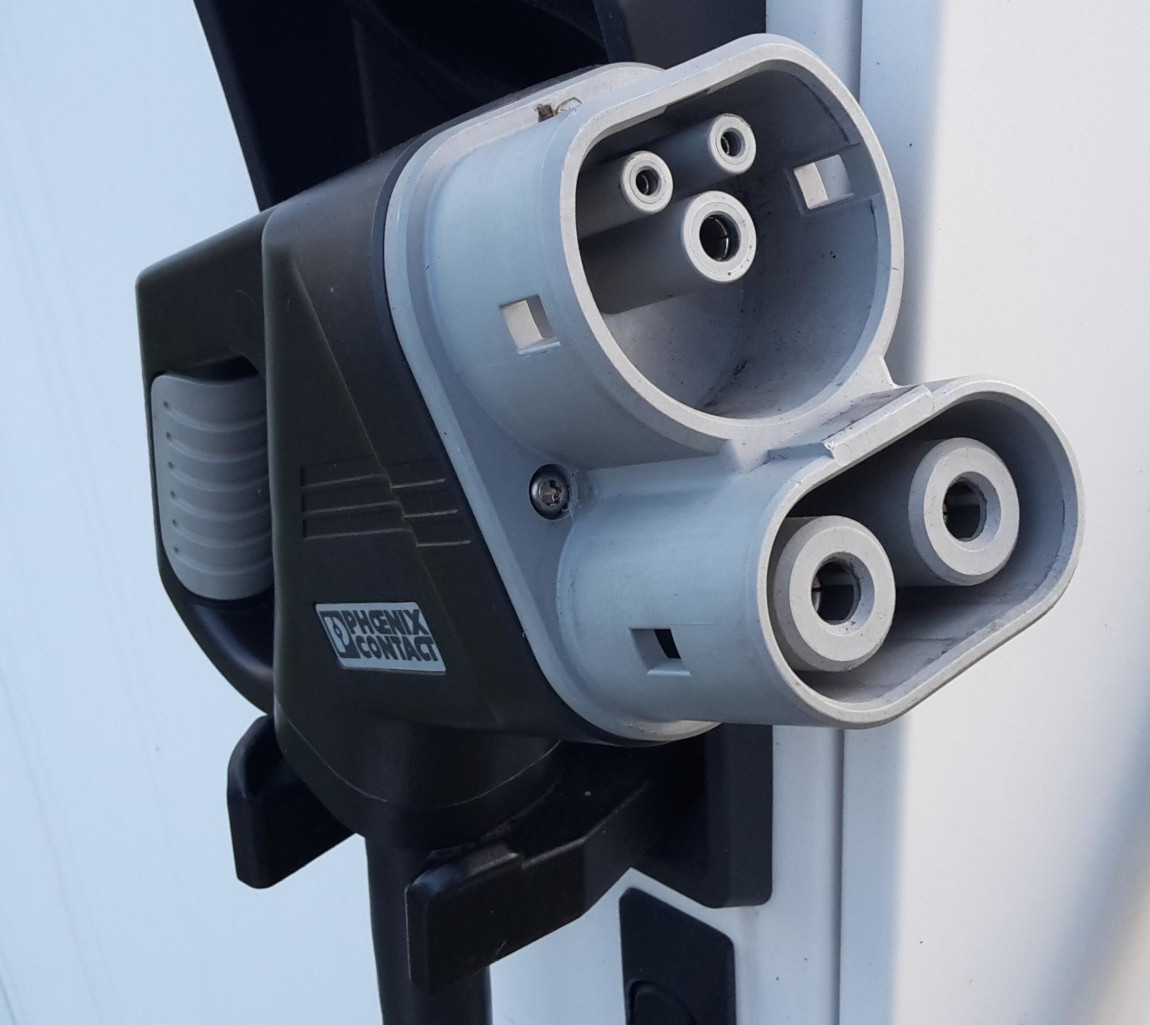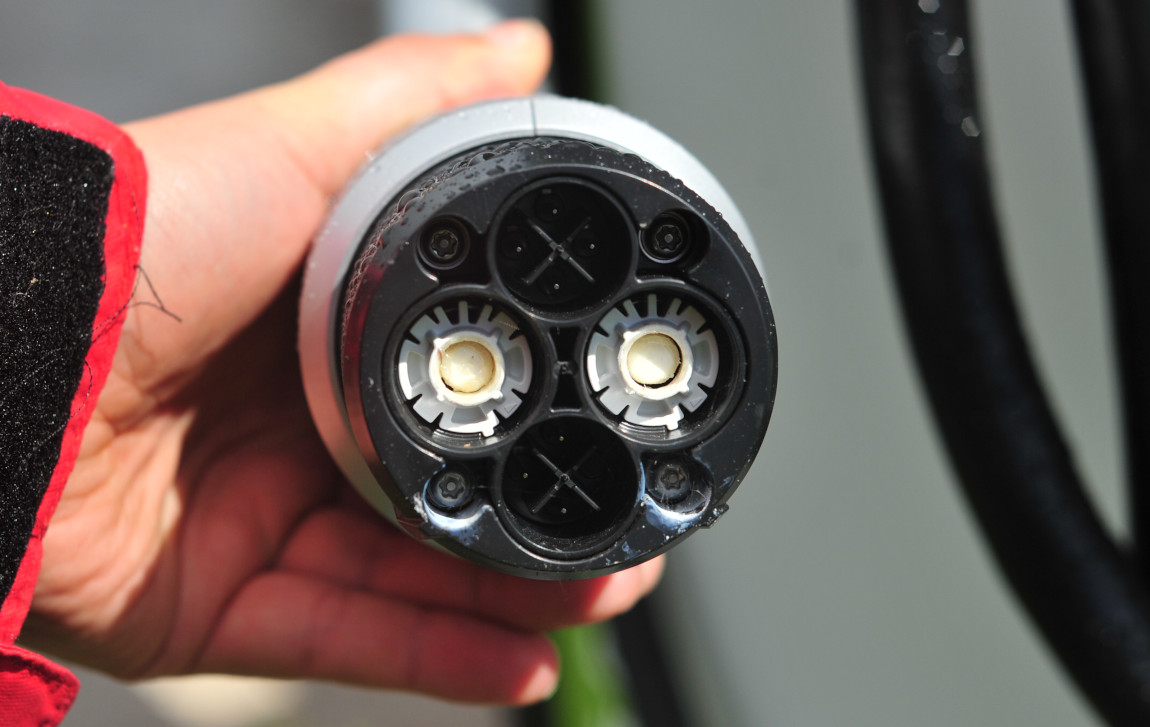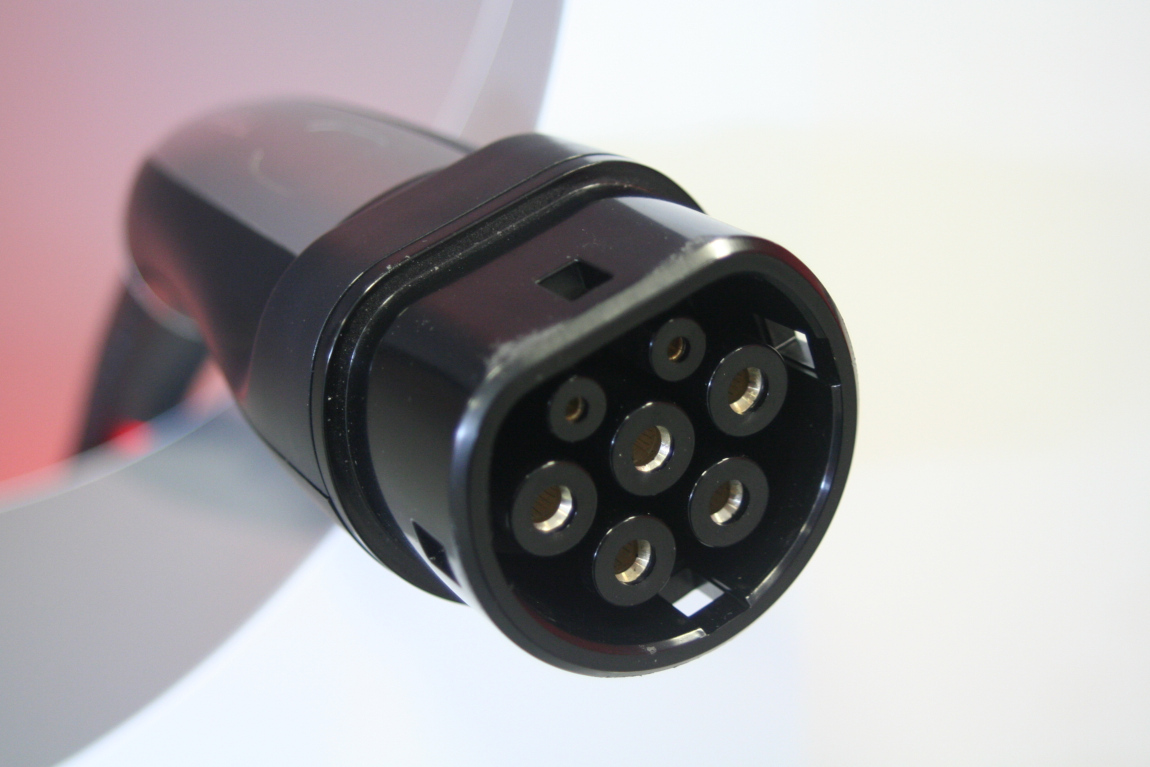[EN] Let's talk about: Basic understanding of electric car
Today I will start a new series of articles intended to provide you with all the relevant info necessary to make important decisions that hopefully will change your life in better and help us reduce the pollution and someday into the future even breathe safe on the streets.If you are driving for a while probably you are familiar with notions like gas, diesel, petrol engine or internal combustion engine (ICE), HP or horse power (even today we are still using this archaic term). When you switch to an electric car all this terms and many others are useless and my advice to you is to completely forget about them and not try to thing about electric cars in terms of fossils because in electric cars world there are no gas pumps, liters of fuel, gearbox, clutch or gears to change.